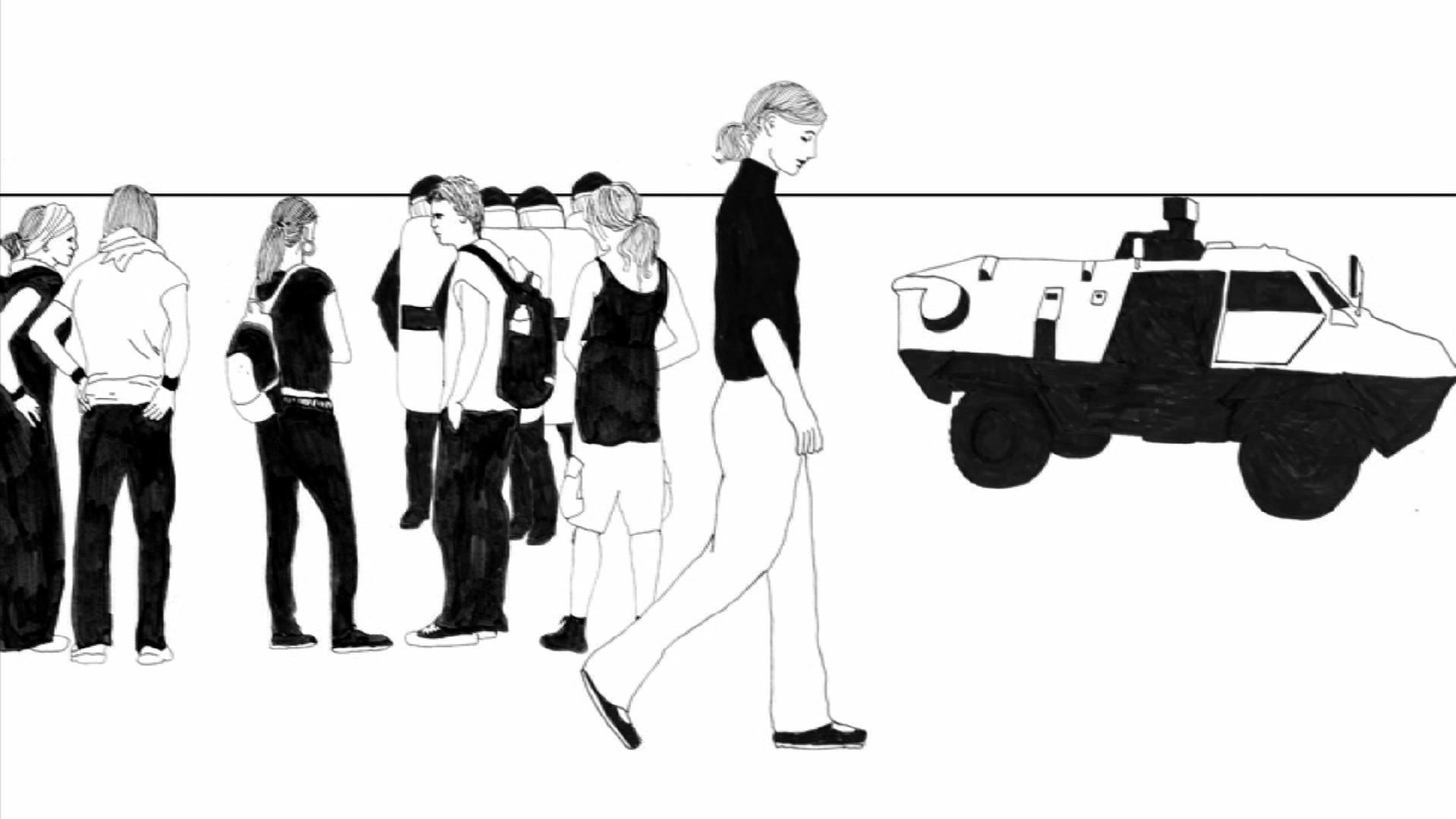The sociolinguist Max Weinreich’s adage that ‘a language is a dialect with an army and a navy’ exposes the contingency of power. There is a contradiction inherent to power exercised at the level of the state, in that it is language that bestows the right of a nation state to maintain a punitive legal framework – with the legitimate use of violence underpinning that right – and yet the nation state’s sole recourse to legitimate violence invariably derives from an originary founding phase of illegitimate violence, or the threat there of. Indian independence was won in part through peaceful civil disobedience, but could not have been maintained without a military and policing system sympathetic t o the governing class.
Given the glaring gap between the nation state as benevolent provider (as it may wish to be seen) and as bullying henchman of the rich (as it often is), little wonder that resistance to its authority or to the authority of its government is as perennial and global as the changing of the seasons. What is perhaps more surprising is that we have not conceived of a more friendly, honest and localised societal structure. Such failure is perhaps inherent to the methodology of disobedience.
The exhibition Disobedience Archive (The Republic), held at Turin’s Castello di Rivoli during this last spring and early summer, was the result of nine years of research into a 40-year history of resistance, conducted by curator Marco Scotini as a response to the worldwide anticapitalist uprisings of 2001–2 and the repression of the post-Seattle movement through the Patriot Act in America, and similar legislative processes in other countries.
The show presented a selection of 22 videos from the archive, which cover themes ranging from education to anticapitalism, Italian resistance in the late 1970s, disobedience in Eastern Europe and in Argentina, the Arab Spring, Reclaim the Streets, Gender Politics and Foucault’s notion of ‘biopower’. Screens arranged in a kind of amphitheatre – or ‘Parliament’ – format invited the audience to engage in research into the recent history of resistance. This is the first time the archive has been shown in Italy and comes during a period of increasing political tension and an increasing hybridisation of the artworld and activist politics.
Sections such as ‘Protesting Capitalist Globalization’ – which included films by Zanny Begg and Oliver Ressler (What Would It Mean to Win?, 2008) and Bernadette Corporation (Get Rid of Yourself, 2003) – alongside others like ‘1977: The Italian Exit’, which included Alberto Grifi’s film Festival of the Young Proletariat at Parco Lambro (1976), allowed for reflection on the ancestor movements of today’s Occupy and Bene Comune movements (to take two examples). Grifi’s documentary records the revolt that arose out of the sixth Festival of the Proletariat, in Milan in 1976, and includes footage shot by participants in the uprising as the filmmaker handed the camera to the public and refused the role of director.
This video archive was flanked by archival materials associated with protest – ‘Anticamera 1969-1979’ and ‘Anticamera 1999’ – documenting protest in Italy in the 1970s and globally since the end of the twentieth century. What arises from the objects associated with movements in ‘Anticamera 1969–1979’ (leaflets, books, posters, etc) is that the inherent tensions that prevent a serious challenge to state power do not arise alone from the simple leftwing/ rightwing dialectic that perennially serves to distract the working class from severing the head of its oppressor.
The simplicity of the traditional ‘us and them’, ‘left and right’ dialectics is certainly distracting, yet there is another dialectic at play that impedes social change at a different level. In Turin, the display included works by groups such as the Living Theatre, figures such the feminists Carla Lonzi and Carla Accardi, and Bologna free radio station Radio Alice – all committed to a more complex and nondialectical understanding of society, and demonstrating a conflict within the left in Italy in that period that mirrors the hostility of the Communist International to the Situationist Movement in France in 1968.
In Italy the Bene Comune movement, which strongly links art to activism, is becoming increasingly concretised as a national political alternative. In April Stefano Rodotà, the father of the Bene Comune movement, ran as a presidential candidate in the final ballot against Giorgio Napolitano. An understanding of history, as exemplified and conveyed by projects such as the Disobedience Archive, may serve to help unblock the inherent antagonisms that distract each generation from the exposure of the ruse presented by power at the governmental and state level.
This article was first published in the November 2013 issue.
